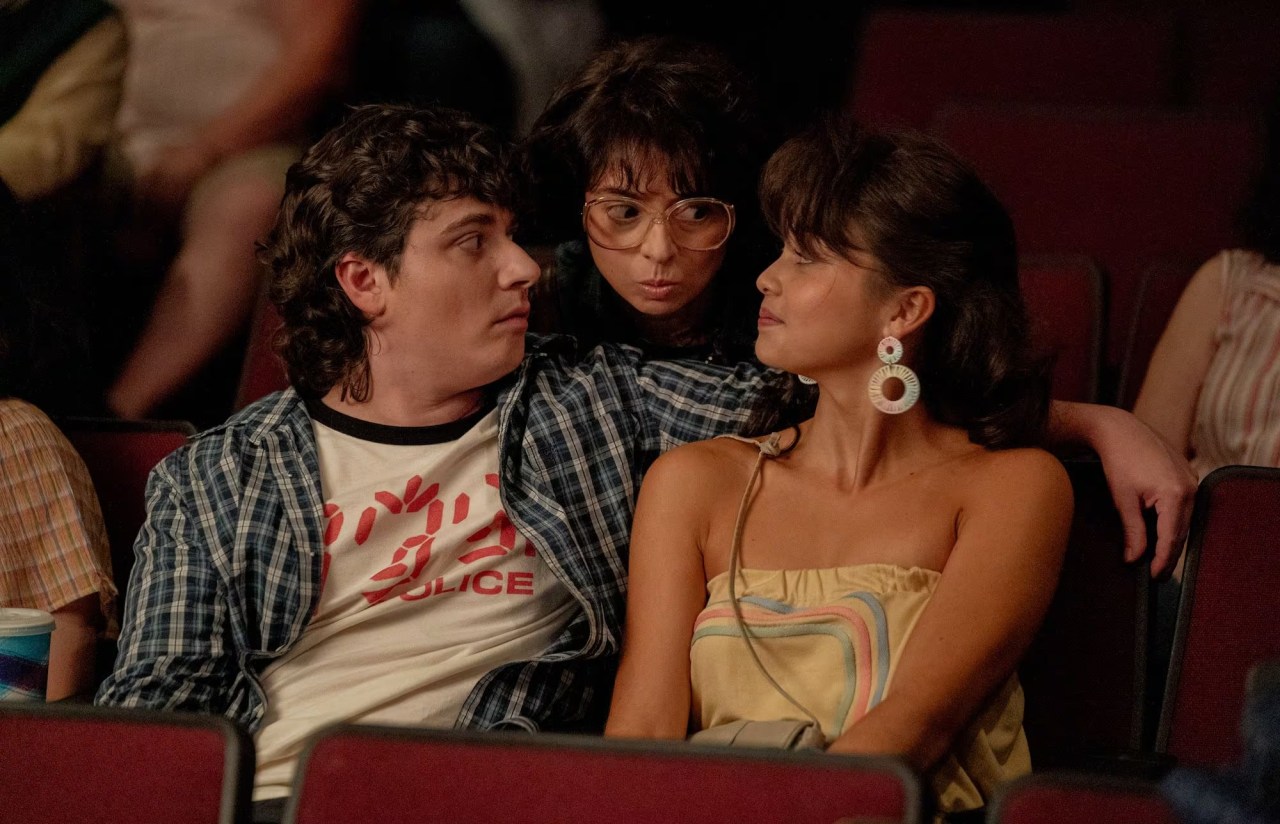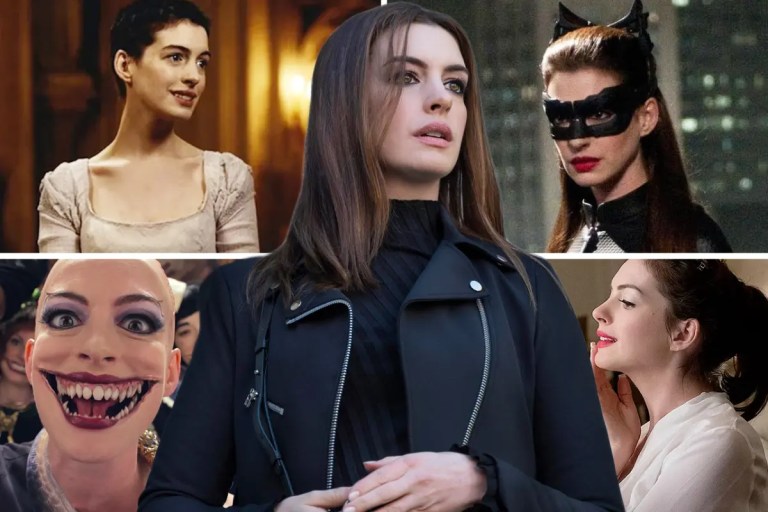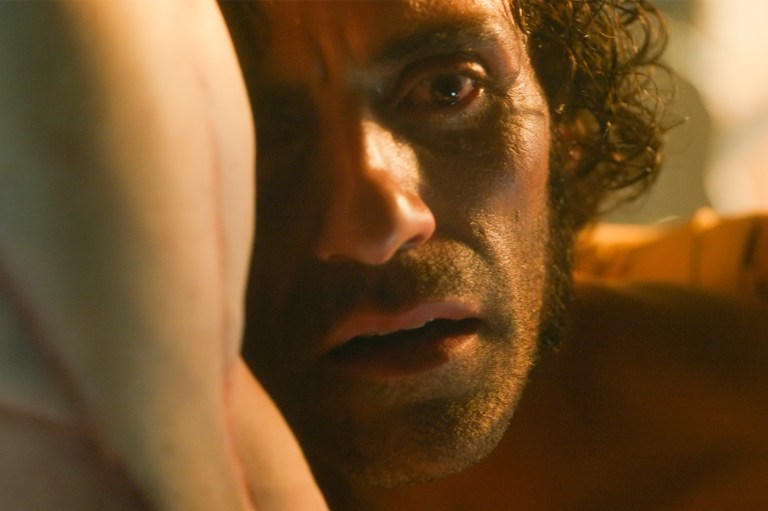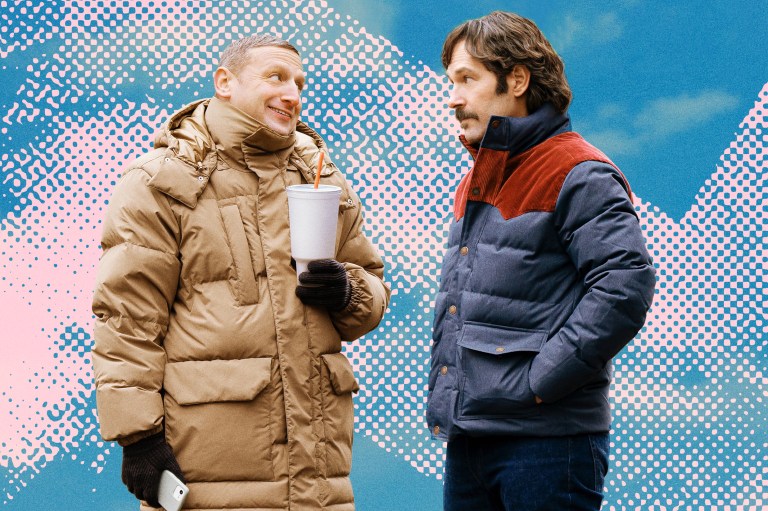
Review: Kevin Smith’s ‘The 4:30 Movie’ Commemorates The Reel Life Of Cinema
The 4:30 Movie serves as a welcome reminder about why the movie theater experience matters.
The 4:30 Movie serves as a welcome reminder about why the movie theater experience matters.
Before Netflix, before torrenting, and before Blockbuster’s heyday, the movie theater existed as the only place to catch the latest films. Kevin Smith’s The 4:30 Movie takes the audience back to 1986 where pertinent questions – such as, “Was Poltergeist II as good as the original?” – dominate discussions and friendships – with wildly named individuals such as Stank – are formed in concession lines.
The movies showing in the different theaters remain secondary because it’s about the experience here; the smell of hot popcorn scooped into a tub, the anticipation of the buzzing crowd detailing what they have heard about the movies, the taste of the watered-down soda that’s somehow better than the original. And most importantly, the sense of magic in the air as everyone is about to go on a journey for 90 minutes-plus to escape the real world and feel the power of cinema with those closest to them. Mild spoilers for The 4:30 Movie follow.
A story about the correlation between friendship and film
The 4:30 Movie tells the story of 16-year-old teenager Brian David (Austin Zajur) who invites his longtime crush, Melody Barnegat (Siena Agudong), out on a date to watch a movie. Melody accepts, but she tells Brian that she’ll only be able to make the later show: Yip, the 4:30 movie. In the interim, Brian decides to pass the time with Burny (Nicholas Cirillo) and Belly (Reed Northrup) as they head off to the local cinema complex where they plan on sneaking into a few movies for the day. One person who has an eye on them, though, is Manager Mike (Ken Jeong), who rules the complex with an iron fist and takes no nonsense from teenagers – or patrons, in general.
While the romance between Brian and Melody plays a major role in this teen comedy, The 4:30 Movie revolves around the friendship between Brian, Burny, and Belly. Each of them is different from the other: Brian is the creative one who dreams of a future in film. Burny is the cool ladies’ man who believes professional wrestling is real. And Belly is the nutty one who finds himself in the strangest predicaments. Yet, these three are brought together by their shared passion for movies. They engage in deep discussions about what they watch, the behind-the-scenes gossip about productions, and the general debates that film fans have about their favorite and least-favorite movies.
This is the story of their everyday lives, but change looms on the horizon. They’re growing up and Melody threatens to disturb the dynamic – something that bothers Burny, who tries to dissuade Brian from dating her. This never-ending summer of film and friends could be withering as a new season – the next step of their lives – takes shape. Understandably, Burny wants to hang onto the moment, refusing to let go. However, his, Brian, and Belly’s lesson is to recognize that time waits for no one, but they will still have each other. Plus, they will always have the movie theater – the symbolic clubhouse of their friendship.
The hills are alive with the sound of ’80s cheese
There’s a long-standing debate that the ’80s might be the greatest decade for cinema. Those who lived through it are likely to agree, especially Kevin Smith who would have been 16 in 1986 and shares more than a few similarities with Brian in The 4:30 Movie. Apart from the unmistakable wardrobe and audacious haircuts, there are just so many things from that era that scream, “That’s so ’80s,” and Smith captures every element in the movie.
From pro wrestler Major Murder’s (Sam Richardson) over-the-top “Macho Man” Randy Savage-inspired promo to the way the fictional trailers exaggerate the movies as the greatest (and most controversial) film since the last one, there’s a comedic melodrama to the decade that’s brilliantly showcased here. Smith and his collaborators even nail down the stereotypical type of camera angles and movie posters that rocked the mid-’80s.
At the same time, a traditional ’80s teen comedy isn’t complete without madcap characters drifting into the slapstick territory and being inconvenienced by the most asinine events. Taking inspiration from films such as Ferris Bueller’s Day Off and Fast Times at Ridgemont High, the script injects every character with outrageous qualities that might seem far-fetched in today’s stories but work in context of this era. Manager Mike, as an example, plays out like the prototype of every ’80s teen comedy villain. He symbolizes the authority figure who stands in the path of a great adventure because he wants to maintain the status quo. In reality, though, he’s just a guy who is trying to do his job and prevent teens from wreaking havoc. However, the framing of the character turns him into Brian, Burny, and Belly’s Kurgan.
The 4:30 Movie reminds everyone that the theater experience shouldn’t be allowed to die
Every Kevin Smith film reads like an unabashed love letter to movies and pop culture, and there’s no disputing the filmmaker champions the cause in his projects. However, The 4:30 Movie comes around at an appropriate time in human history. The COVID-19 pandemic changed the viewing patterns of audiences. Before then, movie theaters were on a hot streak, hitting at least $10 billion at the U.S. domestic box office since 2009, as per Box Office Mojo. In 2020, though, it tanked to just over $2 billion. There has been gradual improvement since then, but the box office results hover around early 2000s levels. Conversely, streaming services continue to grow in subscriber bases at astronomical rates.
Movies cost more than they ever did to produce, and if they aren’t making money in theaters, studios will slash budgets and turn their sole focus to streaming platforms. It’s also become a struggle to convince audiences to head out to the cinema nowadays, especially since there are unlimited entertainment options at home. For the first time ever, the existence of the movie theater is in jeopardy.
This is why a film like The 4:30 Movie is important. Sure, it’s nostalgic and from a different era, but it reminds people why the movie theater exists in the first place. It’s more than a place or way to watch a film; it’s a gateway to escapism and a social experience like no other.
Think of the greatest moments in cinema history and the reaction to them in real time. Whether it’s the audience throwing their popcorn in the air at the clap-clap scene in The Conjuring, viewers losing their minds when Rocky Balboa finally defeats Clubber Lang in Rocky III, or people standing up and screaming when Wesley Snipes’ Blade walks onto the scene in Deadpool & Wolverine, these are moments that mean more than the price of the ticket. They are special memories. Priceless experiences. Smith knows this and he wants to ensure that no one forgets it either, because a movie theater is a sacred place for film lovers – and it needs to be cherished and protected for the good of humanity.











